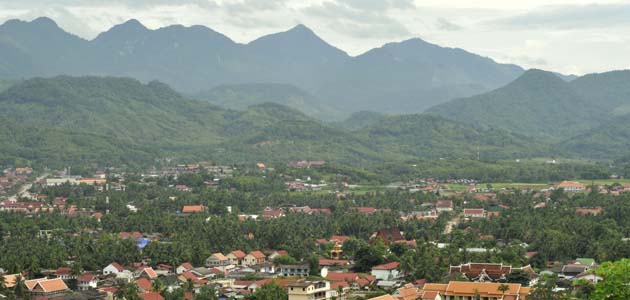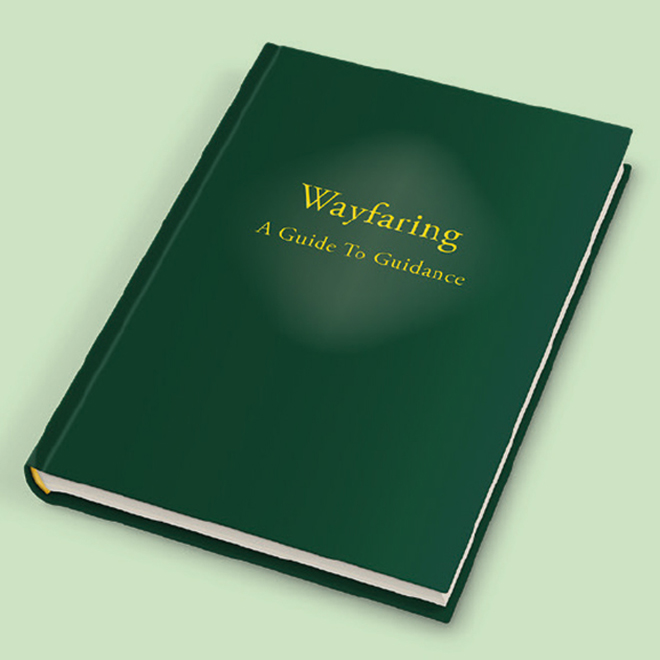Some of the monks Photo: Lynda Berry
An Asian adventure
visit to Thailand as part of an international delegation to witness the establishment of a special Buddhist centre
I remember setting out one October morning from my Portsmouth home, knowing that I was travelling into the unknown. A first time world traveller, I took the train to Heathrow, and from there flew for ten hours to Suvarnabhumi International Airport. On arrival I joined the Thich Nhat Hanh South-east Asia teaching tour for the Thailand segment. We were bussed to the Paradise Resort in Pak Chong, a hotel surrounded by a national park. The scenes of mountains in the distance covered in jungle greeted us each morning.

